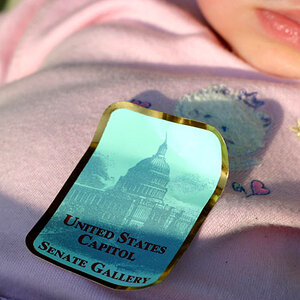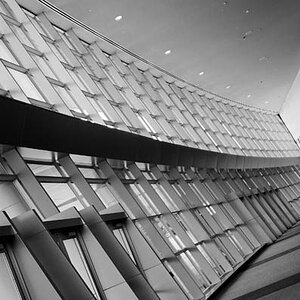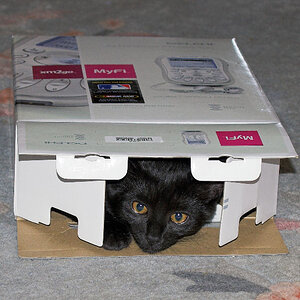Robert1947
TPF Noob!
- Joined
- Jan 3, 2010
- Messages
- 7
- Reaction score
- 0
- Location
- Ottawa, Canada
- Can others edit my Photos
- Photos NOT OK to edit
Hi guys, I've been using Black's brand color negative ISO200 ever since I began working for Black's. It's made by Fuji and I like it but my most recent roll looked as grainy as ISO400. Any input you guys might have as to why this occurred and how it can be prevented in the future would be appreciated. I get my processing done at work and we still do up to 5 rolls of color neg per day.
If it turns out that the chemistry is at fault I'll never get the lab guy to admit to that but there is another Black's lab at a different store who get a lot more film to process than my store. Perhaps they keep a better maintainance schedule.
Thanks
Robert
If it turns out that the chemistry is at fault I'll never get the lab guy to admit to that but there is another Black's lab at a different store who get a lot more film to process than my store. Perhaps they keep a better maintainance schedule.
Thanks
Robert


 .
.







![[No title]](/data/xfmg/thumbnail/32/32929-22e23acc63d6ecb25e5ee941be87121f.jpg?1619735758)


